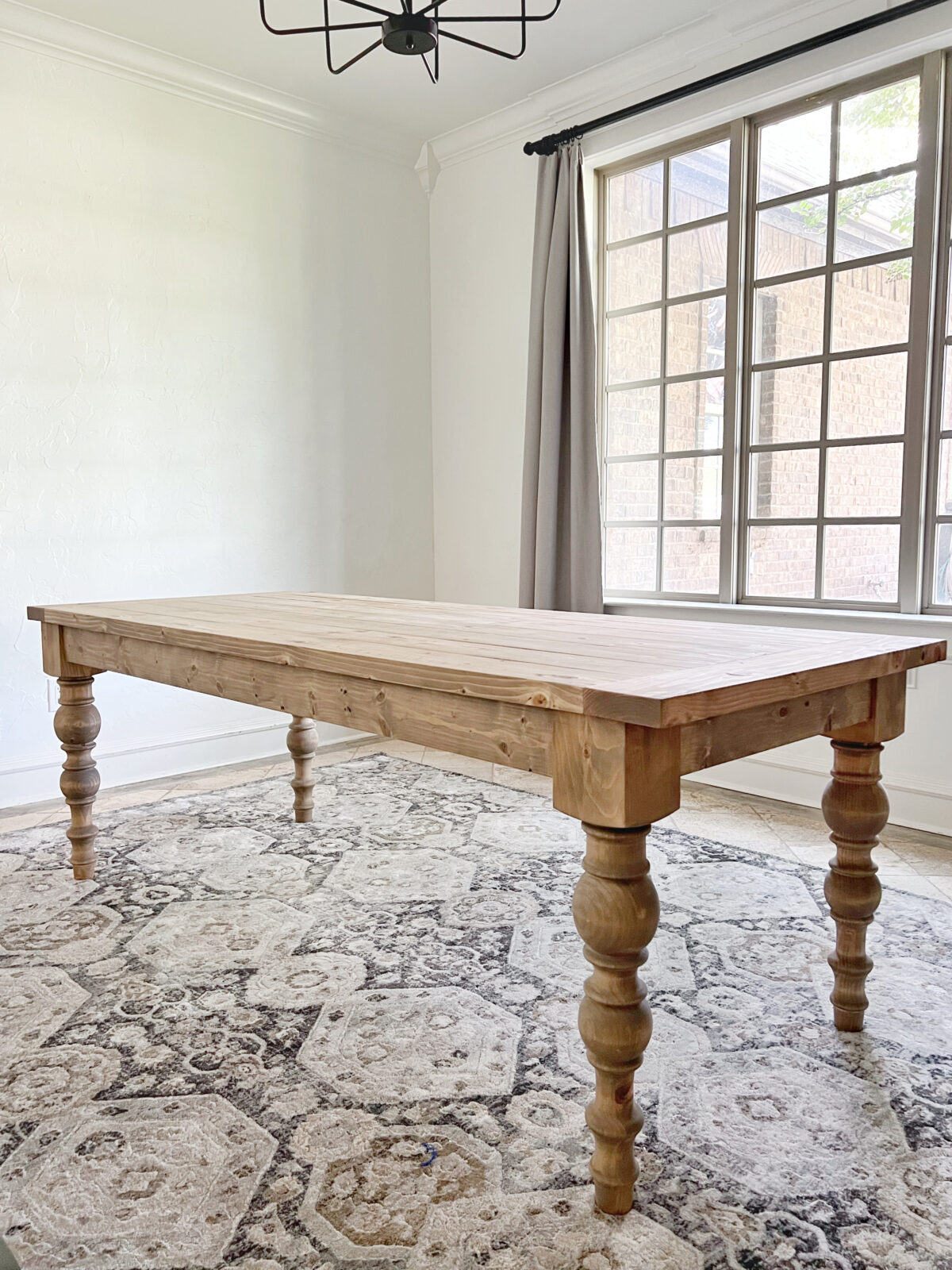Top Fads in Dining Room Table Legs to Raise Your Dining Room
Top Fads in Dining Room Table Legs to Raise Your Dining Room
Blog Article
A Detailed Look at Eating Table Leg Styles: Locating the Perfect Suit
Selecting the right dining table leg style is vital for both aesthetic allure and sensible capability. For those with bigger tables, trestle legs ensure durable support, whereas hairpin legs present a mid-century modern-day vibe with their minimalist style. The x-shaped legs blend modern style with boosted stability.
Typical 4 Legs
Amongst the various types of dining table leg designs, the conventional four-leg design remains a timeless selection for several houses. Four legs give balanced support, guaranteeing the table continues to be stable and qualified of bearing considerable weight (dining room table legs).
From an aesthetic perspective, the conventional four-leg layout can be quickly adapted to numerous indoor styles. Whether crafted from timber, steel, or a mix of materials, these legs can be elaborately carved, streamlined and minimalistic, or anything in between. Their versatility allows them to complement both rustic and contemporary setups perfectly.
In addition, the uncomplicated framework of the four-leg design facilitates simplicity of movement and positioning within an area. Unlike more complicated bases, this style reduces blockages, supplying enough legroom for restaurants. In summary, the typical four-leg table leg style weds withstanding elegance with sensible functionality, making it an astute selection for those seeking both type and feature in their dining furniture.
Pedestal Base
Usually commemorated for its classy and space-efficient style, the pedestal base is a notable option to the standard four-leg setup in dining table leg designs. This unique base typically includes a solitary central column sustaining the table top, which can vary in kind, from ornately sculpted timber to smooth, modern steel. Among the key benefits of the stand base is its capacity to maximize legroom and seating adaptability. Without edge legs, diners are afforded greater freedom of movement, making it a suitable option for round and oblong tables that advertise more intimate and inclusive events.
Moreover, the stand base's central assistance can handle considerable weight, permitting making use of larger table tops, such as marble or thick hardwood. This strength coupled with its aesthetic adaptability makes the pedestal base a preferred option in both typical and contemporary interior settings. It can seamlessly incorporate with different style themes, from classic elegance to minimalist modernity. The main column itself supplies a canvas for complex designs and artistic expressions, adding an aspect of visual interest under the table. In summary, the pedestal base incorporates performance with style, making it a fine-tuned and functional option for diverse eating settings.
Trestle Legs
Trestle legs supply a durable and classic structure for dining tables, defined by their horizontal cross-bracing and strong support light beams. Originating from middle ages times, this design has actually evolved yet maintained its necessary framework, making it a seasonal fave in both conventional and contemporary settings. The central trestle beam, frequently sustained by 2 or even more upright messages, supplies extraordinary stability, permitting bigger table lengths without the requirement for additional legs.
A significant benefit of trestle leg tables is the ample legroom they offer. Unlike tables with 4 edge legs, the absence of obstructions at the table's sides supplies unobstructed space for chairs and diners, improving convenience and accessibility. This makes trestle tables excellent for fitting larger gatherings, whether in a dining room or a reception hall.
From rustic farmhouse to smooth contemporary designs, trestle legs can be personalized to fit specific tastes. Their enduring charm and useful advantages make trestle legs a compelling selection for those looking for both design and functionality in their eating table.
Barrette Legs

The appeal of barrette legs depends on their simpleness and convenience - dining room table legs. Readily available in a series of products, including steel and brass, they can be ended up in numerous shades to match different indoor designs. Whether coupled with a rustic wood table top or a my explanation modern glass surface, barrette legs effortlessly blend capability with a touch of classic appeal
Resilience is another remarkable function of hairpin legs. Despite their delicate look, these legs are crafted to birth significant weight, guaranteeing the eating table stays stable and safe and secure. Furthermore, they are fairly very easy to mount, making them a prominent selection for DIY enthusiasts and professional furnishings makers alike.
X-Shaped Legs

Built from products such as steel, timber, or a combination of both, X-shaped legs can be customized to match different design preferences. Steel legs often provide a smooth and industrial feel, suitable for loft-style houses and contemporary eating rooms.
Furthermore, the engineering behind X-shaped legs makes certain even weight distribution, minimizing the threat of tottering and boosting sturdiness. This makes them specifically well-suited for larger table that call for extra support. In significance, X-shaped legs mix functional design with modern aesthetic appeals, making them a classic choice for diverse eating environments.
Final Thought
An extensive understanding of dining table leg next styles exposes the my latest blog post unique characteristics and benefits of each design. Trestle legs make certain durable support for larger tables, and barrette legs introduce a mid-century modern visual.
Report this page